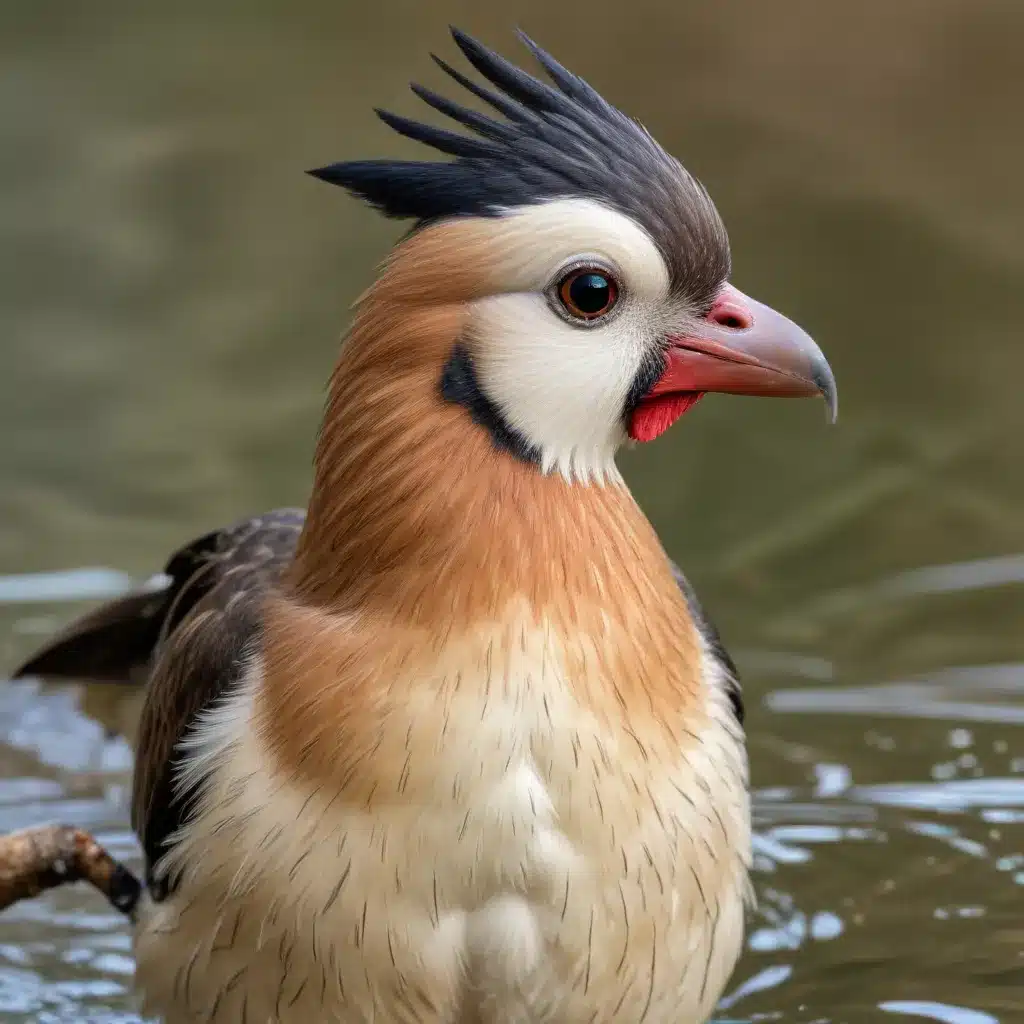
Avian Behavior and Grooming: Proper Techniques for Bathing, Trimming, and More
Caring for our feathered friends requires a deep understanding of their unique behaviors and grooming needs. As experienced avian caretakers, we must approach these tasks with patience, precision, and a keen eye for our birds’ cues. In this comprehensive guide, we’ll explore the intricate world of avian behavior, delve into essential grooming techniques, and discuss the importance of environmental factors in maintaining our beloved companions’ health and happiness.
Avian Behavior
Preening and Feather Maintenance
Preening is a crucial aspect of avian behavior, serving as a means for birds to maintain the integrity and function of their feathers. Through this self-grooming process, birds meticulously clean, align, and condition their plumage, ensuring optimal insulation, waterproofing, and aerodynamics. Observing our feathered friends during preening sessions can provide valuable insights into their overall well-being. A bird that appears disinterested, distracted, or unable to effectively preen may be signaling an underlying health issue or a need for our intervention.
Bathing and Water-Based Grooming
In addition to preening, many birds derive great pleasure and benefit from regular bathing. Whether it’s splashing in a shallow dish, enjoying a gentle mist, or even joining their human companions in the shower, the act of bathing allows birds to cleanse their feathers, hydrate their skin, and engage in a natural, instinctual behavior. Providing our avian companions with ample opportunities to bathe not only supports their physical health but also contributes to their overall contentment and well-being.
Social Grooming Interactions
Intriguing social dynamics can arise when birds engage in grooming behaviors with their flock mates or human caretakers. Birds may gently preen one another’s hard-to-reach areas, strengthening social bonds and promoting harmony within the group. As avian caretakers, we can foster these positive interactions by offering appropriate grooming tools and reinforcing desirable behaviors through positive reinforcement training.
Avian Grooming Techniques
Bathing and Aquatic Grooming
Offering our birds a variety of bathing options, such as shallow water dishes, misting stations, and dedicated shower perches, allows them to choose their preferred method and maintain their feather and skin health. When introducing aquatic grooming, it’s crucial to ensure the water temperature is comfortable, the environment is calm and secure, and we respect our birds’ individual comfort levels and preferences.
Feather Trimming and Maintenance
While the topic of feather trimming can be controversial, responsible choices can be made to ensure the safety and well-being of our avian companions. Carefully examining the wings for any emerging blood feathers, we can begin the process by trimming a few feathers on each side, allowing our birds to maintain some control over their descent and prevent potential injuries. Regular feather maintenance, such as grooming and conditioning, can also help prevent issues like feather plucking and ensure the overall health and appearance of our birds’ plumage.
Claw and Beak Trimming
Maintaining our birds’ nails and beaks at the appropriate length is crucial for their comfort and overall well-being. Overgrown nails can cause discomfort and difficulty with perching, while an excessively long beak can impede eating and preening. By understanding the anatomy and sensitivity of these structures, we can safely and gently trim them, ensuring our feathered friends remain happy and healthy.
Avian Anatomy and Physiology
Feather Structure and Function
Feathers are not merely decorative; they serve vital functions in a bird’s life. From insulation and waterproofing to aerodynamics and communication, each feather type plays a crucial role in the bird’s overall well-being. Recognizing the intricate structure and growth patterns of feathers allows us to better understand the importance of proper grooming and maintenance.
Skin and Integumentary System
The avian integumentary system, which includes the skin, feathers, and other related structures, is a complex and delicate system that requires our utmost care and attention. Factors such as environmental humidity, temperature, and lighting can significantly impact the health and condition of a bird’s skin and feathers, underscoring the importance of creating an optimal habitat.
Limbs and Locomotion
A bird’s feet and legs are essential for perching, climbing, and maneuvering within their environment. Maintaining the proper length and condition of a bird’s nails and toes is crucial for their comfort, stability, and overall mobility. By understanding the anatomy and function of these structures, we can better address any issues that may arise and ensure our avian companions remain agile and confident in their movements.
Environmental Considerations
Habitat and Substrate
The design and maintenance of a bird’s habitat play a vital role in their overall well-being. Providing a clean, safe, and enriching environment that caters to their natural behaviors and preferences can greatly contribute to their physical and mental health. From the choice of substrate to the arrangement of perches and hiding spots, every aspect of the habitat should be thoughtfully considered to support our feathered friends.
Temperature and Humidity
Temperature and humidity levels within a bird’s environment can have a profound impact on their feather condition, skin health, and overall comfort. Ensuring that these parameters remain within the appropriate range for the species can help prevent issues such as dry skin, feather dander, and compromised thermoregulation.
Lighting and Photoperiod
The duration and quality of light exposure can significantly influence a bird’s behavior, physiology, and overall well-being. Proper lighting not only supports their natural circadian rhythms but also facilitates essential processes like feather growth and molting. By understanding and replicating the appropriate light conditions, we can create an environment that allows our avian companions to thrive.
As experienced avian caretakers, our role is to nurture and support the unique behaviors and grooming needs of our feathered friends. By delving into the intricacies of avian behavior, mastering essential grooming techniques, and providing an optimal environmental setup, we can ensure the health, happiness, and overall well-being of our beloved birds. With patience, attention to detail, and a deep appreciation for the extraordinary creatures in our care, we can forge strong, enduring bonds and offer our avian companions the exceptional care they deserve.


